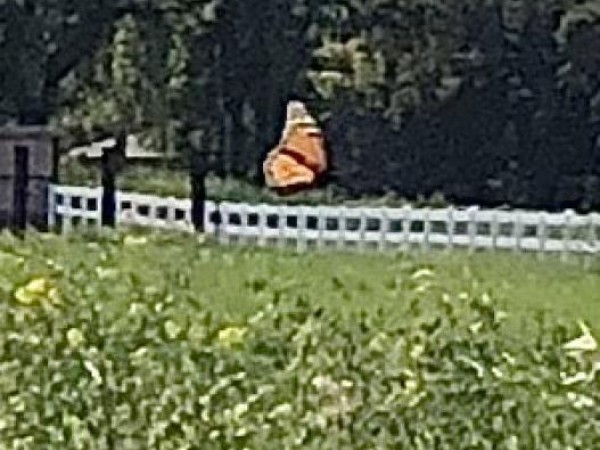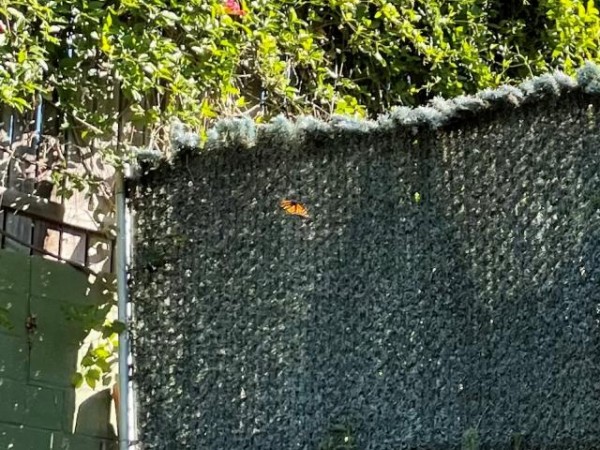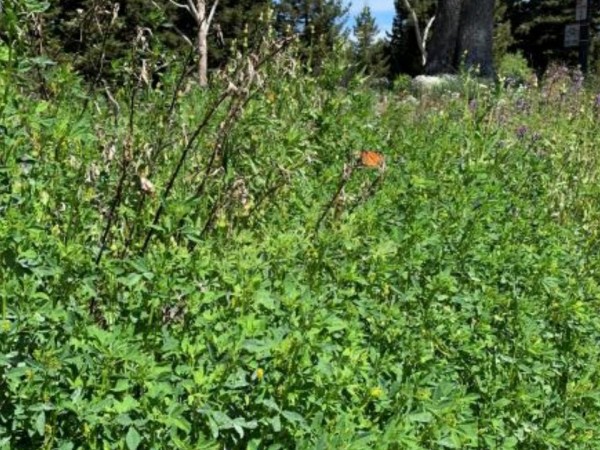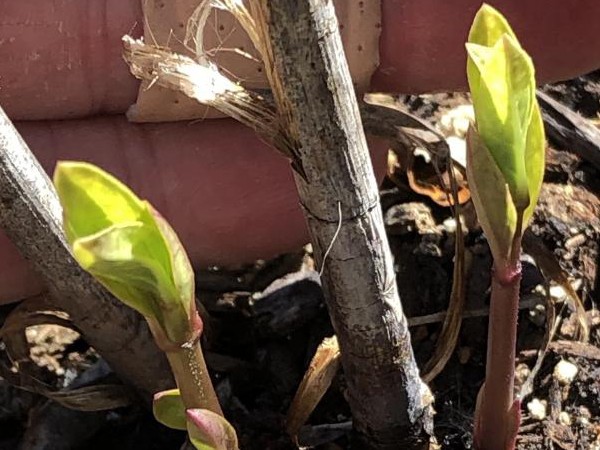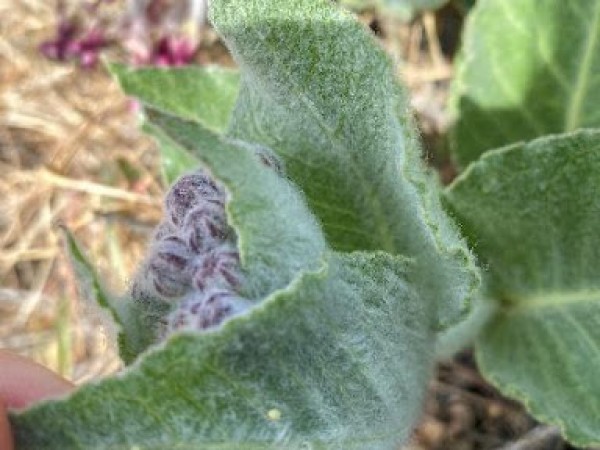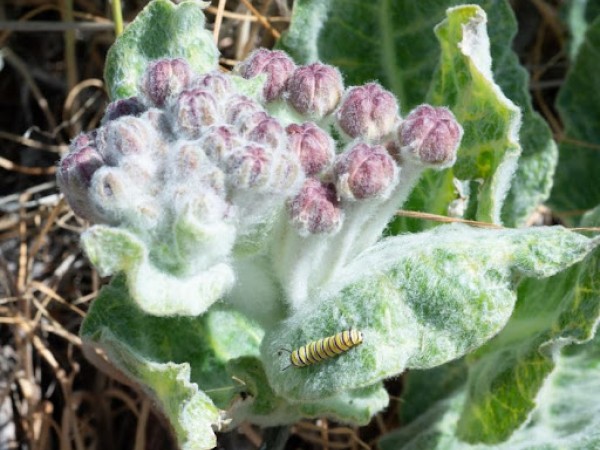Letter from Gail Morris: Western Monarch Spring 2022 Report #2
Published: 03/30/2022
Dear Western Monarch Friends,
The time has finally come for monarchs to leave the California coast and spread their wings to recolonize the West. Sighting reports become scarce as they disperse far and wide, mating and laying eggs as they go. This week’s reports were centered in California as monarchs were seen migrating east from the coast. New shoots of emerging milkweed are also appearing to greet them on their journey.
Western Monarch Sightings
A sample of reports of monarch sightings and new emerging milkweed this week:
Lisa in Novato, California reported 3 monarchs on March 22. “Large healthy looking Monarchs seen in Eastern Novato, Marin County. My neighbor and I notice many seemed to winter here in the oaks in our backyards. So, not sure if these are "new" arrivals or ones that remained to winter right here. Some Chrysalises that formed here prior to spring have emerging Monarchs. Other chrysalises are still dormant.”
Eileen in Morado, California (outside of Stockton) saw her first of year monarch on March 23. “1 adult monarch (in great shape, possibly male) flying above a field of wild yellow mustard flowers, landed 3 times to feed. 2:50pm.” There were several FOY sightings of citizen scientists reporting a monarch flying overhead in their yard this week as well in central California helping us all know monarchs are indeed on their way.
Donald in Rancho Palo Verdes, California, saw one monarch on March 23. “Common in this area.”
The largest number of monarchs reported this week was by Joyce at the Google complex in Mountain View, California, on March 26. “Spotted 20 Monarchs today at Google. Beautiful sunny day, 66 degrees. Monarchs were flying and nectaring. This faded guy was enjoying the sun on an old Milkweed stem. The Sea Lavender seems to be a favorite here for nectaring Monarchs.”
Milkweed was also reported emerging in Vacaville, California, on March 20. Cheryl noted, “My Asclepias Incarnata (Swamp Milkweed) making its 2022 appearance.”
Good News about A. californica Milkweed
Every Spring, monarchs leave the protection of the overwintering sites along the California coast searching for milkweed as they begin their migration. Recently there has been growing concern about the availability of milkweed during this crucial time – has it emerged yet from its winter dormancy in time and do the monarchs utilize these species for egg-laying? In particular many have been questioning if monarchs use California Milkweed, A. californica, at all during their Spring migration.
Tom Landis has been collecting seeds of early-growing California milkweed to promote propagation of this hard-to-grow species. He's collected photo documentation that this species is indeed used as a host plant by western monarchs to share with us.
Spring Migration Sightings Are Important!
As the monarchs leave the California coast and move inland, we need your help to track their progress. Where are they now? If you are seeing monarchs, be sure to report to Journey North whether they are adults or eggs or larvae. Provide as much information as you can such as weather conditions (it’s okay to estimate). Your detailed description of what you see can include, but is not limited to, the monarch’s gender and activity and, if known, the type of flowers if they are nectaring. If you can, observe the condition of the wings – are they fresh and new or worn and tattered or something in between – helps us learn more about monarch age and survival. We realize it isn’t always possible, but please take a photo if you can. Thanks so much for your help.
Gail Morris is the Coordinator of the Southwest Monarch Study (www.swmonarchs.org), a Monarch Watch Conservation Specialist, and the Vice President of the Monarch Butterfly Fund, the Central Arizona Butterfly Association and the Western Monarch Advocates. The Western Monarch Population News is based on comments provided to Gail Morris. We hope to increase the number of sightings and therefore photos and comments entered into Journey North. We rely on the volunteers who communicate regularly with Gail and who agree to participate in our effort to increase awareness of the population of western Monarchs. You can reach her at gail@swmonarchs.org

